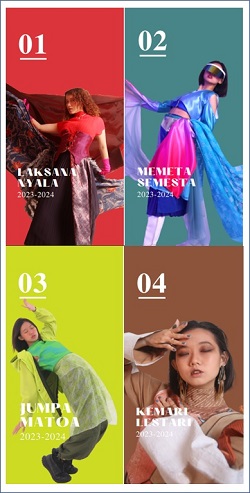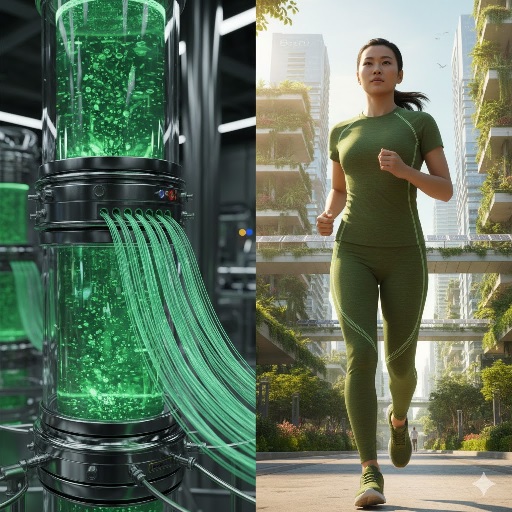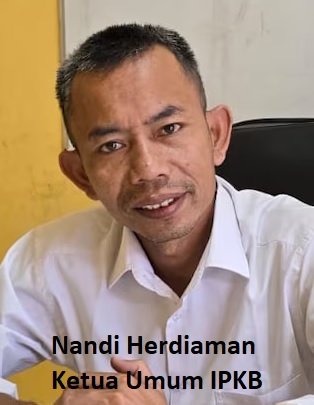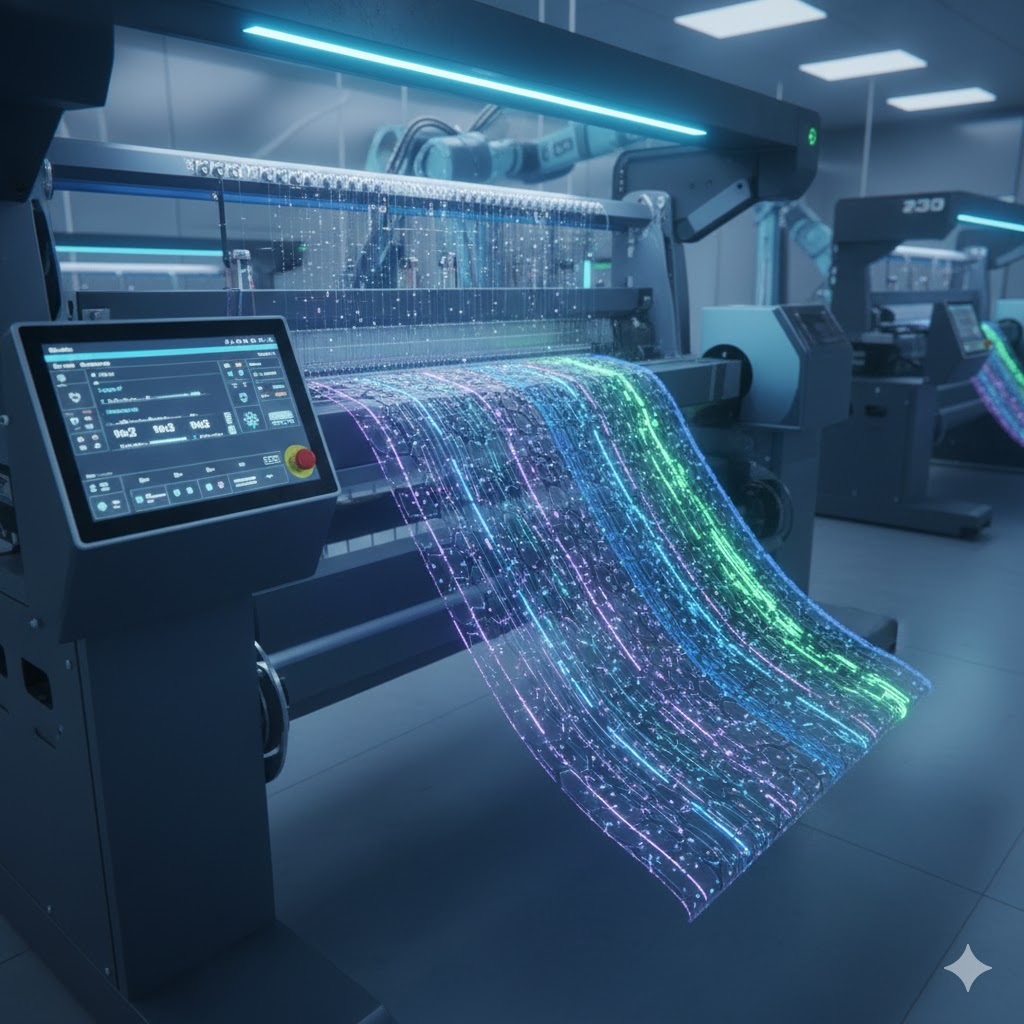In a mangrove forest in Indonesia, a man moves carefully through vegetation distinguished by its large woody roots, looking for fallen mangrove fruit lying on leaves or floating in the water. Gathering a handful of mangroves that look like long beans, the man, a batik craftsman, returns home to make natural paints from what he brings. Over the past four years, Sodikin (48), and his group of batik makers have switched from using chemicals for dyes to products made from mangroves in order to cut costs and preserve the environment.
"We use natural ingredients to preserve the mangroves at the same time," Sodikin, who goes by only one name, told Reuters as he processed the dried fruit before boiling it for color.
"We don't cut down trees and we only pick up fallen fruit or leaves."
Batik is a traditional Indonesian dye used in patterns and drawings, usually on finished fabrics and textiles.
Mangroves play an important role in Indonesia's natural environment, serving as a barrier against tsunamis and providing an important ecosystem for fish and crabs.
They are also more important carbon dioxide sinks compared to rainforests and peatlands.
Although duller than synthetic dyes, natural dyes are more environmentally friendly and have greater market value due to their quality and durability, according to Erwin Ardli, a mangrove ecologist at Jenderal Sudirman University.
"We see interest in natural dyes increasing, and especially for the upper middle class, they seem proud to wear clothes using natural dyes instead of synthetic dyes," he said.
Batik gallery owner Iiting Budiarti agrees, saying items with natural dyes can fetch two or three times more than synthetic ones.








